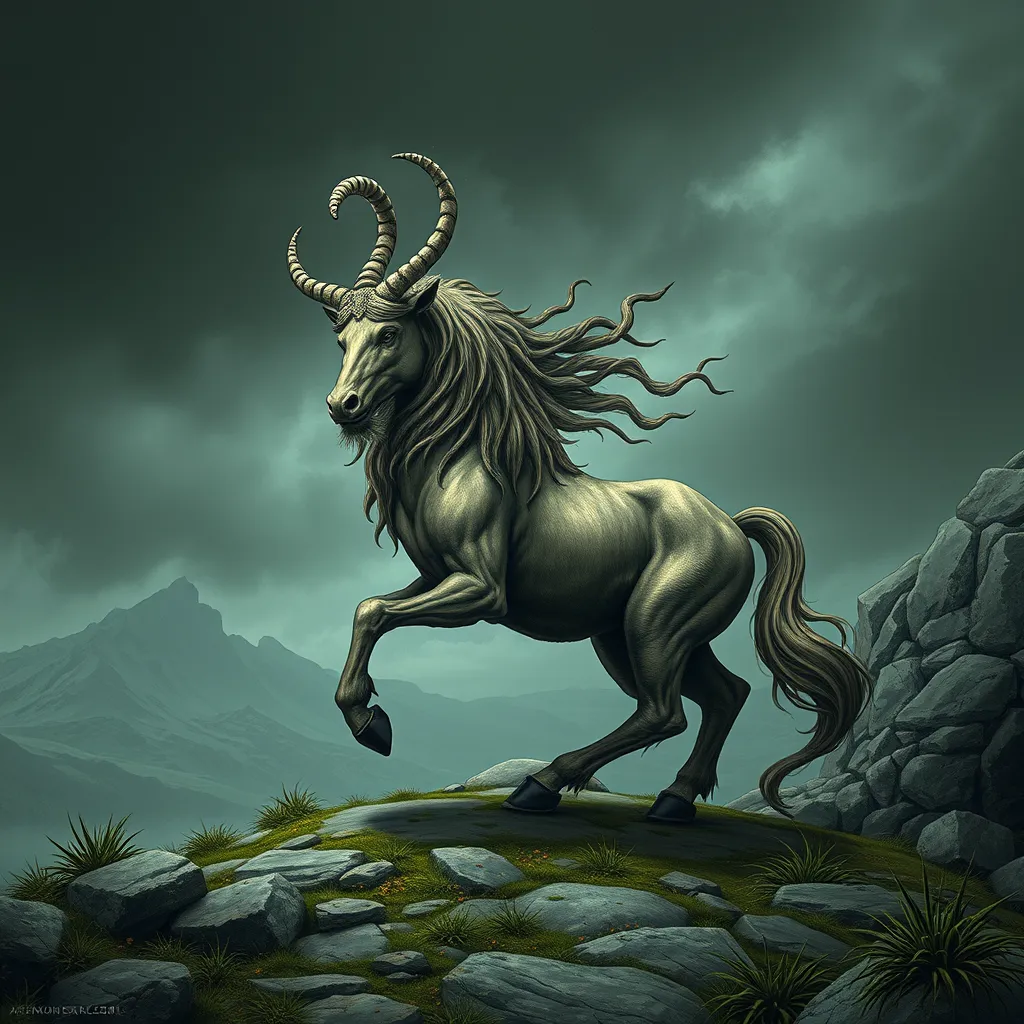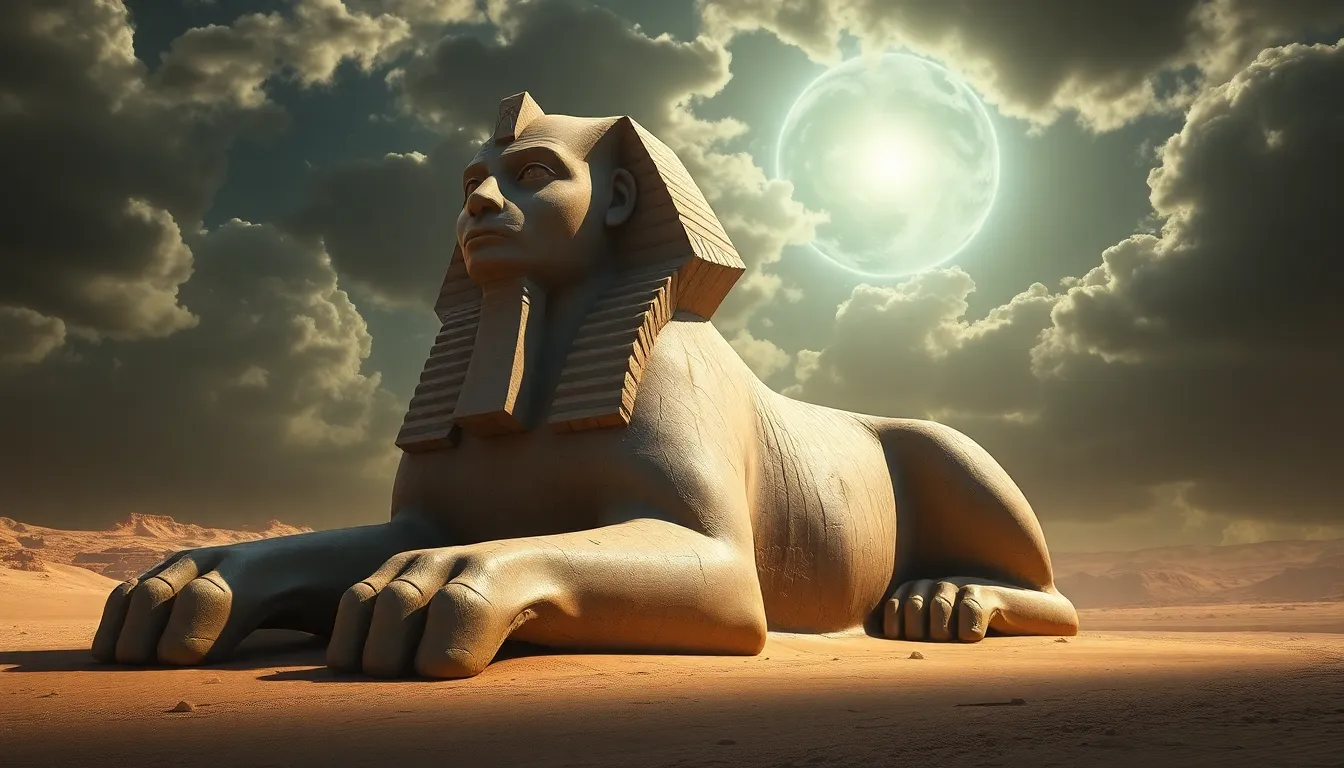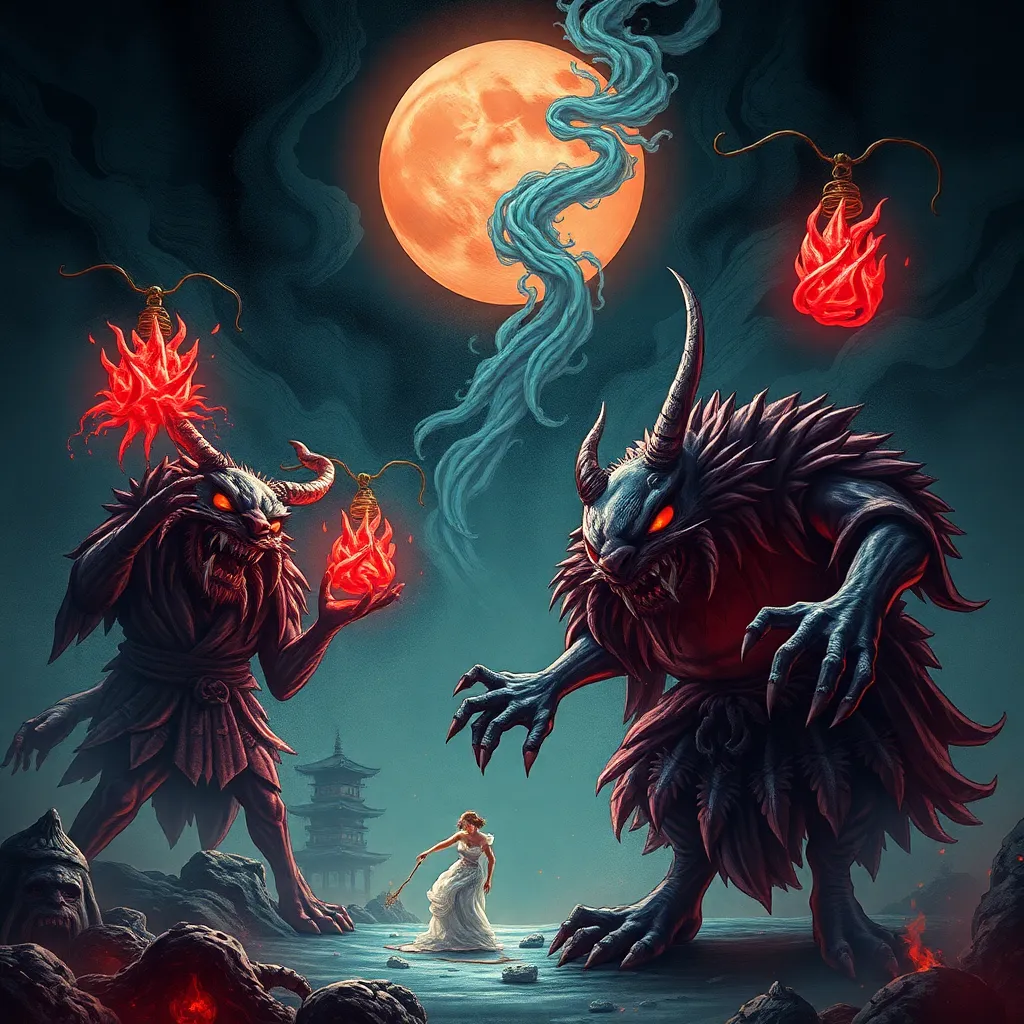The Centaur’s Role in Norse Sagas: The Centaur’s Presence in Norse Literature
I. Introduction
The Norse sagas, a collection of historical tales and mythological stories from the medieval period, offer a rich tapestry of characters, events, and themes that reflect the values and beliefs of Norse culture. Among the various creatures and beings depicted in these sagas, the centaur stands out as a fascinating hybrid figure, blending human and equine traits. This article aims to explore the centaur’s presence in Norse literature, examining its origins, symbolic significance, and thematic relevance.
II. The Origins of the Centaur Myth
The centaur, traditionally depicted as a creature with the upper body of a human and the lower body of a horse, originates from Greek mythology. These beings are often portrayed as wild and unruly, embodying the conflict between civilization and barbarism.
A. Greek mythology and the centaur archetype
In Greek mythology, centaurs were often seen as embodiments of duality: they represented both human intellect and animalistic instinct. Famous centaurs like Chiron were depicted as wise and noble, while others, like the centaurs in the battle with the Lapiths, were shown as brutish and chaotic.
B. Influence of Greek myths on Norse literature
Despite the geographical and cultural differences, the Norse sagas were not immune to the influence of Greek mythology. The exchange of ideas between cultures, especially through trade and conquest, led to the integration of various mythological figures, including centaurs, into Norse narratives.
C. Historical context of centaur representations
As Norse society evolved, so did its literature. The centaur, while not a central figure in Norse myths, found its way into various sagas, often symbolizing the complexities of human nature and the struggle between the civilized and the wild.
III. Centaurs in Norse Mythology
The presence of centaur-like figures in Norse mythology invites a comparative analysis with other creatures native to the Norse pantheon.
A. Comparative analysis of centaurs and Norse creatures
Norse mythology is populated with various hybrid beings, such as trolls, giants, and elves. While centaurs share similarities with these creatures, they occupy a unique space due to their specific human-animal duality.
B. Examination of centaur-like figures in Norse myths
Figures reminiscent of centaurs can be found in texts like the “Prose Edda.” These beings often reflect the tumultuous relationship between humanity and nature, embodying both the physical prowess of animals and the intellect of humans.
C. Symbolism of hybrid creatures in Norse culture
In Norse culture, hybrid creatures often symbolize the tension between two opposing forces. Centaurs, with their dual nature, may represent the struggle for balance between civilization and the wild, chaos and order.
IV. Key Texts Featuring Centaur-like Beings
Several key texts within Norse literature feature centaur-like beings, showcasing their roles and significance.
A. Analysis of specific sagas and poems
Two notable sagas that illustrate the presence of centaur-like beings are:
- “The Saga of the Skjoldungs”: This saga features characters with centaur-like qualities, illustrating the conflict between human ambition and primal instinct.
- “The Saga of the Ynglings”: In this saga, hybrid figures appear as symbols of ancestral power and the connection to the natural world.
B. Depictions and roles of centaur-like creatures in these texts
In these sagas, centaur-like beings often serve as antagonists or as representations of the untamed aspects of nature, challenging the heroes’ quests and embodying the chaotic elements of the world.
V. Thematic Significance of Centaurs in Norse Sagas
The centaur’s role in Norse sagas extends beyond mere representation; it engages with significant themes present in the narratives.
A. Exploration of themes such as duality and conflict
The centaur’s dual nature invites exploration of themes of duality, reflecting the internal struggles faced by characters in the sagas as they navigate the complexities of their identities.
B. The representation of nature and civilization
Centaurs symbolize the tension between the civilized world and the untamed wilderness. They embody the challenges faced by Norse society in reconciling its agricultural roots with the wild landscapes that surrounded them.
C. Centaurs as symbols of chaos and harmony
In many instances, centaurs represent chaos, challenging the order established by human civilization. Yet, they can also symbolize harmony, suggesting that chaos and order coexist, reflecting the cyclical nature of life.
VI. The Reception of Centaur Imagery in Norse Literature
The depiction of centaur-like figures in Norse literature has evolved over time, reflecting societal attitudes towards such hybrid beings.
A. Historical perspectives on the acceptance of centaur figures
Historically, centaur imagery was met with a combination of intrigue and skepticism. While some saw them as fascinating representations of the human condition, others viewed them as symbols of disorder.
B. Artistic interpretations in medieval manuscripts
Medieval manuscripts often depict centaur-like figures in intricate illustrations, showcasing the blend of human and animal forms. These artistic interpretations highlight the cultural significance of these beings in the medieval imagination.
C. Influence on later Nordic and fantasy literature
The legacy of centaurs in Norse literature has influenced subsequent Nordic writing and modern fantasy literature, where hybrid creatures continue to play a vital role in storytelling.
VII. Comparative Analysis with Other Mythological Traditions
Examining centaurs in Norse literature provides an opportunity to compare them with representations in other cultures.
A. Similarities and differences with centaur representations in other cultures
While centaurs in Greek mythology are often depicted as rowdy and chaotic, Norse representations tend to focus more on the struggle between nature and civilization.
B. The role of hybrid creatures across world mythologies
Hybrid creatures appear in various mythologies worldwide, often symbolizing the blending of different aspects of existence, such as animal instincts and human reason.
C. Cross-cultural influences and exchanges
The similarities between centaur representations in different cultures highlight the interconnectedness of mythological traditions, where ideas and symbols are shared and adapted over time.
VIII. Conclusion
The exploration of centaurs in Norse sagas reveals their multifaceted roles, from representing chaos to embodying the struggle for balance in life. The enduring legacy of these hybrid beings in Norse literature reflects a deep engagement with themes of duality, nature, and civilization.
Future research could delve deeper into the implications of hybrid figures in various mythological contexts, exploring how these beings shape narratives and influence cultural identity.



